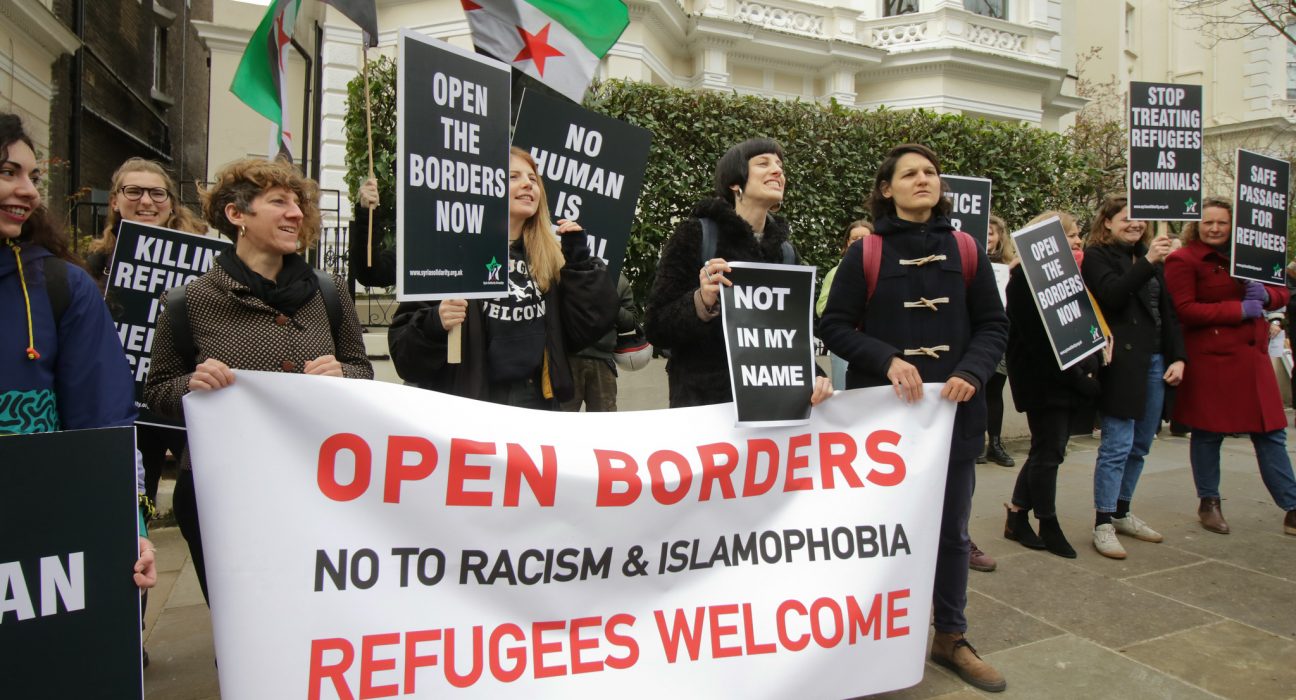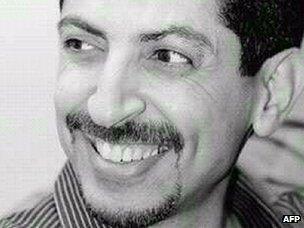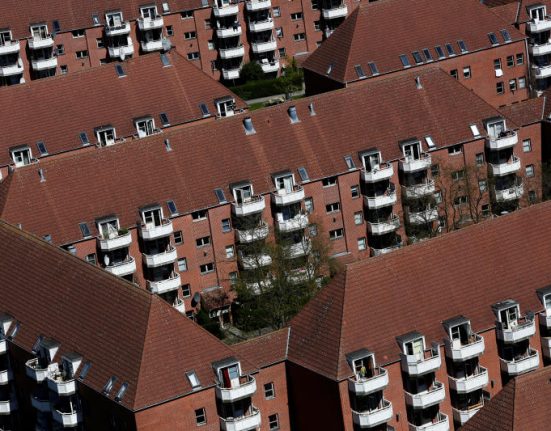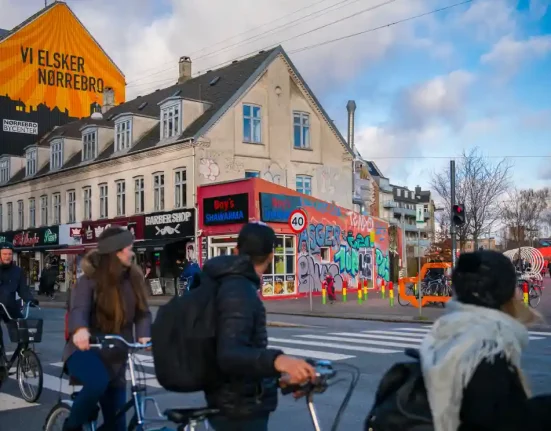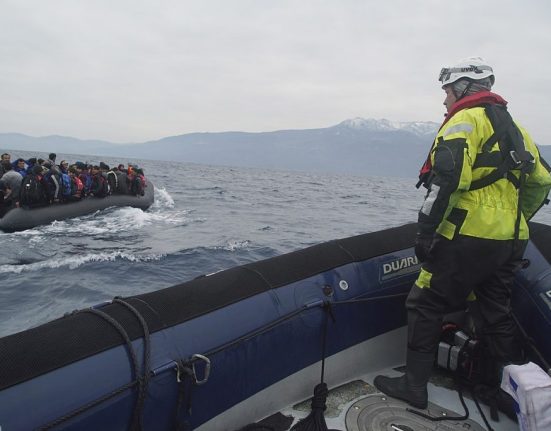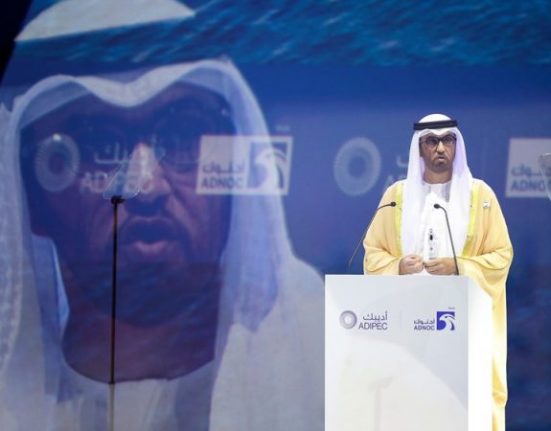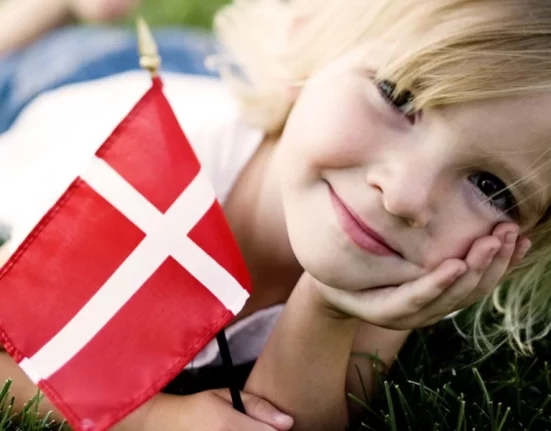In recent times, Islamophobia is becoming a divisive issue. It seeks to destabilize the EU and its principles by combining immigration discourses and actions.
The development of Islamophobia in Europe has raised some uncomfortable concerns, for whom the European vision of equality and freedom is intended.
This post will focus on Denmark, which appears to be among the world’s largest, most contemporary and progressive countries at a first impression.
This depiction, however, hides a harsh reality of Denmark for most weak, who are fooled by the particular aspect of modernity’ glasshouse.
Denmark’s populist shift: when and how did it become Islamophobic?
A Liberal-Conservative council assumed control in 2001 and held power for another ten years.
This campaign represented the first moment that the right won a voting majority in a century. The supportive Danish People’sPeople’s Party, a populist and anti-immigration group, capitalized on the setting of the terrorist attacks of 9/11 to bring about this shift.
The strikes structured the DPP’sDPP’s inflammatory views in the run-up to and after the election, fueling an anti-immigration emotion enveloped in religious intolerance.
The DPP pushed these beliefs in Parliament, saying, “That there’s only one culture, and it is ours,” remarks that’d define Danish governance for the following two decades.
Fast forward a few years, and war shrieks about an “invasion” of Europe have gone mainstream, with the tiniest hint of such “invaders” allegedly causing harm to Danish authenticity.
The official government policy is the classification of “Western” and “Non-Western” refugees and migrants who gain entry into Denmark.
In Denmark, Islamophobia has helped create a split between the cultured and the uncivilized.
There’sThere’s no room anymore: the objective of zero asylum seekers.
Denmark has dedicated itself to a “zero asylum seeker target,” rejecting the UN refugee intake, in a way to switch the trend on worldwide.
The governing Social Democrats are implementing the policy, and it appears to be working. The year before, 1,547 asylum seekers applied for asylum in the country, opposed to 21,316 in 2015, when the refugee problem was at its apex.
Since then, the population of citizens who have been granted refuge has fallen year after year, with the majority being Syrian, Eritrean, Afghan, Iraqi, Moroccan, and Somalia.
The Democratic Socialists have labelled certain classes of people as “non-Western” and set quotas on how many refugees and migrants they will take.
Several asylum applicants have had their privileges revoked entirely. As a result, Denmark deems Damascus, Iraq, and Somalia secure to send asylum.
Parallel Societies:
The government has proposed an anti-ghetto program in response to overwhelming ”non-Western” neighbourhoods.
Ghettos are defined as areas with a 50% immigrant community, a total employment income that is 55% lower than the overall, and crime levels three times greater than the global rate.
Ghettos are typically connected with unemployment and substandard living circumstances, two factors that primarily impact ”non-western” arrivals.
The goal of this removal appears to be to reduce outward social divisions rather than to address the core issues of financial problems and economic isolation.


